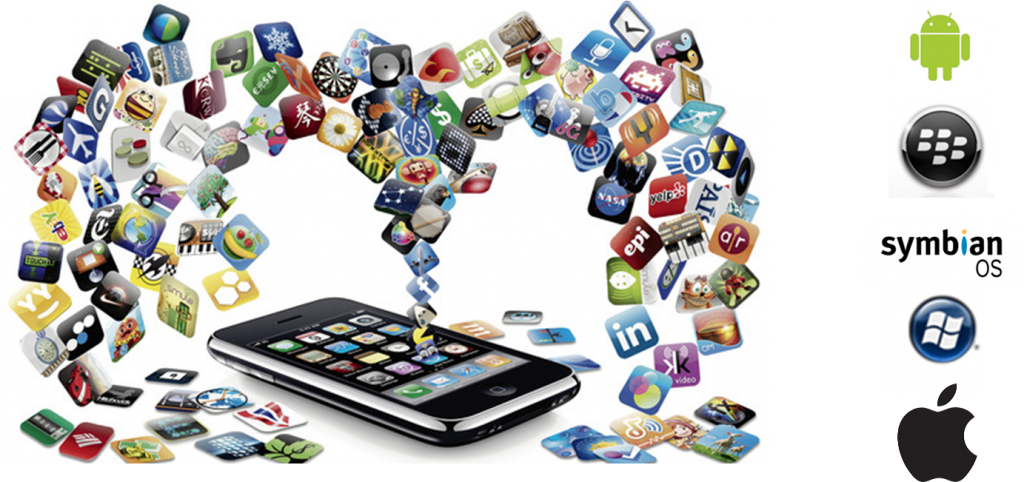8 Brilliant Mobile Development Tools!
From a Flash genious to a perfecto mobile app developer, this transformation might be a little hectic. The good news is that there is some help available for you. There are some tools and frameworks to help you in the journey. Here’s a collection of 8 mobile development tools that won’t need you to learn the complexities of Objective-C (iPhone) or Java (Android, BlackBerry) because the frameworks are simpler to understand.

Data is the lifeblood of any app, and with Firebase, storing and sharing all that info is easier than ever. You set up your project, and Firebase handles all the hassles of setting up a key-value store. It offers mobile tools so that you can build the apps juggling the data. It’s especially tuned to push changes among the other users of your mobile app, so collaboration is simpler. It’s the back end that lets you concentrate on the front end.
AppGyver makes a number of tools for mobile app development, including a PhoneGap extension called Steroids. Prototyper may be the most eye-opening, though, because it lets you glue together a few pages into a flexible prototype for testing your ideas. It will deploy the result to your device through a QR code or let you test the prototype on the AppGyver website.
Intel may be known for its hardware, but it’s tossing its hat in the ring to support HTML5 development. Intel XDK, built as a Chrome extension, knits together your favorite editor with a simulator for testing your project right in the browser. Most of the power is built into Chrome already, but the XDK unlocks it by making it easier to edit and debug in place.
This browser-based tool lets you build, test, and ship HTML5 apps for iOS or Android. The building and testing is done in your browser, but the shipping is done with a version of the Apache Cordova library. Icenium packages up the HTML5 you write and wraps it up with the Cordova library to create a working app.
Appscend offers cloud-based development of content-centric apps using an XML markup language and/or PHP. It bundles together a template-based design system and a cloud-based CMS to juggle your content. Then you can add some ads, push some buttons, and upload your result directly to the App Store or Google Play.
Many tools for mobile app development concentrate on creating the interactive glue that appears on the screen. Parse is building the back end. It offers a set of APIs that store data and push notifications to your app. If you want to add custom JavaScript to your server-side interaction, Parse will insert it in just the right place in the data path. Parse also provides ways to simplify interaction with the major social networks. It’s there so that you can concentrate on building the front end.
If you’re a Java programmer, you can have a good time programming for Android or BlackBerry. Apple iOS, though, is strictly for Objective-C developers. Tabris lets developers build native apps in Java for iOS as well as Android. The Java code runs on a server and sends out the data in JSON packages to iPhones and Androids, which use native widgets to interpret and display the JSON code. It’s a path for developers who need to build a heavy Java server application and deliver handheld interaction.
The cross-platform Corona SDK has all of the usual features for creating an app that runs on iOS, Android, Kindle Fire, and Nook, along with one indispensable addition: a physics engine. Corona apps can take objects and simulate them bouncing around a real world. Writing your own Angry Birds-like game is much easier.
The company also offers a cloud for storing information from your game. Access is simple from the app code. You’ll find the usual repositories for bits as well as custom formats for game builders. Your code can create leaderboards, track achievements, offer chat sessions, and integrate with social networks, all through the Corona cloud.
